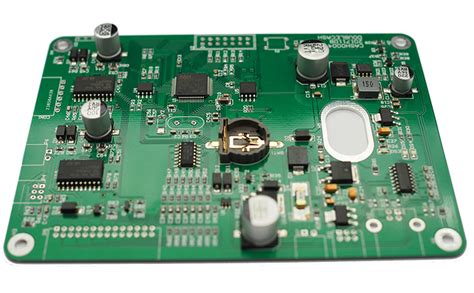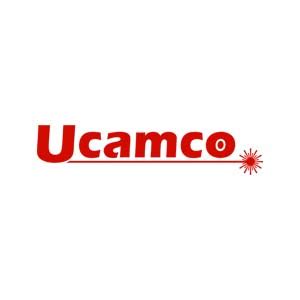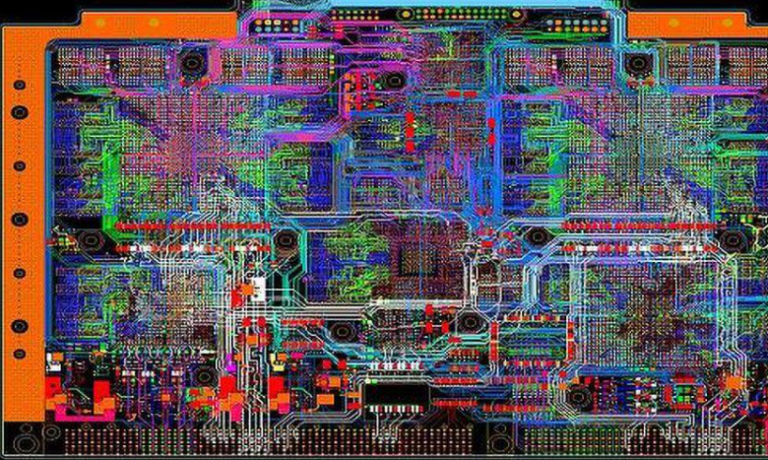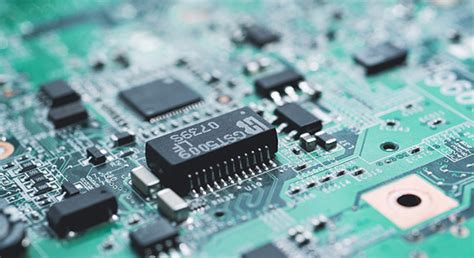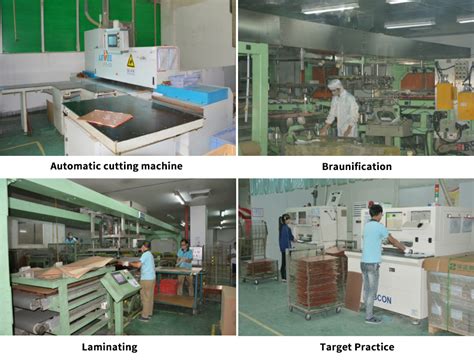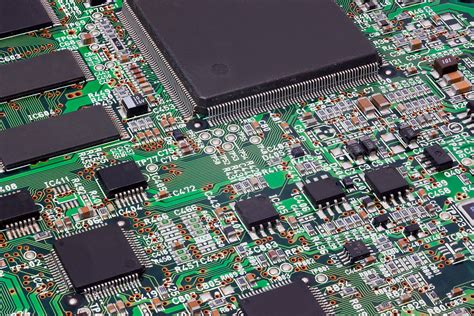Understanding Printed Circuit Board Assembly PCBA Essentials
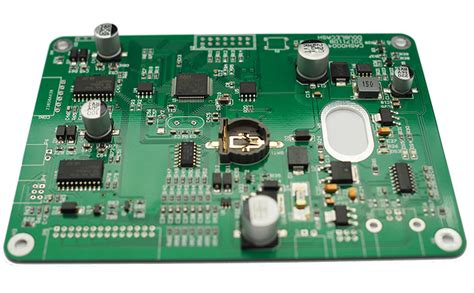
Key Takeaways
Understanding the pcb assembly process is essential for anyone involved in electronics manufacturing. PCBA is not simply about connecting components to a board; it’s a comprehensive procedure that integrates various techniques, essential materials, and robust quality assurance measures. One of the most critical aspects of pcba is the soldering techniques employed, which determine the reliability and longevity of electronic assemblies. Additionally, selecting the right materials can significantly impact performance and durability. Quality assurance processes must be integrated at every stage to minimize common challenges such as component misalignment or insufficient solder joints, which can lead to failures in the final product. By adopting best practices throughout the pcba lifecycle, manufacturers can enhance their production efficiency and navigate future trends towards advanced technologies in electronics. It is vital to remain updated on these developments to ensure competitive advantage in a rapidly evolving industry. Recognizing these key elements will not only facilitate a more seamless assembly process but also contribute to the overall success of electronic products reaching consumers.

Introduction to Printed Circuit Board Assembly (PCBA)
Printed Circuit Board Assembly (PCBA) is a crucial step in the electronics manufacturing process, serving as the backbone of modern electronic devices. At its core, pcb assembly involves the intricate assembly of electronic components onto a printed circuit board (PCB), which provides both electrical connections and mechanical support. Understanding this process is essential for anyone involved in electronics design or manufacturing, as it encompasses a variety of techniques and materials that impact the overall functionality and reliability of the final product.
The PCBA process begins with designing the circuit board layout, ensuring that all components are properly placed according to their electrical connections. The subsequent step requires techniques such as soldering, which can vary from manual to automated methods, each tailored to meet specific production demands. The choice of materials—ranging from solder types to substrate materials—is equally important, playing a significant role in achieving desired electrical characteristics and thermal management.
“Quality is not an act, it is a habit.” – Aristotle
Quality assurance during pcb assembly involves rigorous testing at various stages to identify potential defects early and ensure that the assembled boards meet industry standards. Ensuring consistent quality not only enhances performance but also increases customer satisfaction in an ever-competitive market. By understanding PCBA, individuals can appreciate its importance and contribute effectively to advancements within the sector, ultimately leading to more reliable and innovative electronic solutions.
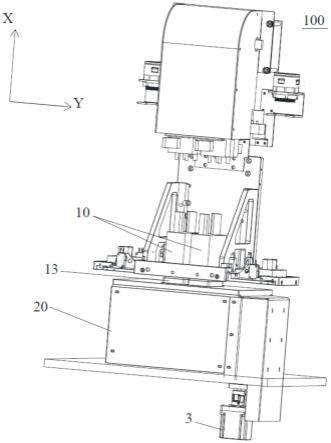
Key Techniques in PCBA: Soldering and Assembly Methods
The process of Printed Circuit Board Assembly (PCBA) is foundational in electronics manufacturing, requiring a variety of techniques to ensure quality and efficiency. Among these, soldering stands out as a key method for creating durable electrical connections between components and the pcb assembly itself. There are primarily two soldering techniques utilized in PCBA: wave soldering and reflow soldering. Wave soldering involves passing the assembled board over a wave of molten solder, facilitating the attachment of through-hole components. In contrast, reflow soldering is essential for surface-mount technology; it requires an initial application of solder paste to the pads on the board, with subsequent heating causing the paste to melt and solidify, forging strong connections as it cools.
In addition to these methods, various assembly techniques play a pivotal role in the pcba process. Manual assembly allows skilled technicians to handle complex components or intricate designs where automation may not be feasible. Conversely, automated assembly systems—such as pick-and-place machines—enhance production speed and consistency by quickly positioning components on the board before soldering.
Maintaining precision during these methodologies is critical for reliability in electronic devices. This necessitates adhering to stringent quality control measures throughout the entire pcb assembly process. By mastering these key techniques in PCBA, manufacturers can not only ensure a functional end product but also build devices that meet the demanding expectations of today’s market while aligning with industry standards.

Essential Materials Used in PCBA Manufacturing
In the realm of PCB assembly, the selection of materials plays a pivotal role in determining the functionality and reliability of the final product. Printed Circuit Board Assembly (PCBA) primarily involves a variety of components that can significantly influence performance, including conductors, substrates, and solder.
Conductive materials, such as copper foil, form the essential pathways on the PCB that enable electrical signals to travel seamlessly between various components. The selection of an appropriate substrate, often made from materials like FR-4 or polyimide, provides not only insulation but also mechanical support to the assembly. These substrates are crucial in maintaining the structural integrity during usage in diverse environments.
Moreover, solder is one of the most critical materials used in PCBA. It acts as a bonding agent that connects electronic components to the circuit board itself. The choice between lead-based and lead-free solder is an important decision within PCB assembly processes, with lead-free options increasingly becoming popular due to environmental regulations and health concerns.
Here’s a concise overview of essential materials used in PCBA:
| Material Type | Description | Common Uses |
|---|---|---|
| Conductor (Copper) | Forms electrical pathways on PCBs | Traces and pads |
| Substrate (FR-4) | Provides insulation and mechanical support | Base layer for PCBs |
| Solder (Lead-free/Lead) | Bonds components to PCB | Component assembly |
Using quality materials leads to higher reliability and improved performance of electronic devices. As technology advances, new materials are being developed that promise even better capabilities for PCB assembly while addressing issues such as thermal management and miniaturization. Once all materials are carefully selected, they are combined through various techniques to ensure sturdiness and functionality—making it imperative for manufacturers to invest in quality assurance measures during production.
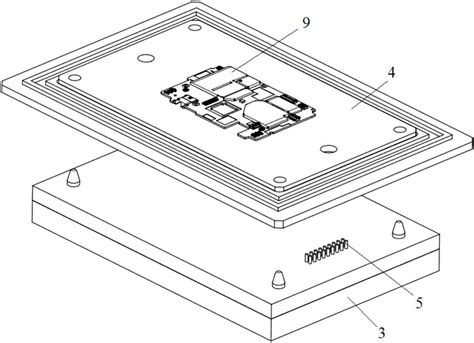
The Role of Quality Assurance in PCBA Processes
Quality assurance plays a pivotal role in ensuring the reliability and functionality of printed circuit board assembly (PCBA). This process encompasses a series of systematic procedures designed to monitor and enhance the quality of the pcb assembly process, from initial design to final inspection. Effective quality assurance involves multiple phases, including incoming material inspection, in-process checks, and final testing. During the PCBA phase, rigorous testing methodologies such as Automated Optical Inspection (AOI) and functional testing are employed to identify potential defects early. These techniques help mitigate risks associated with soldering errors, component misplacement, and other common challenges that can arise during pcb assembly. Additionally, ensuring that all materials used comply with industry standards is crucial for achieving long-term reliability. By implementing robust quality assurance protocols, manufacturers can not only improve production efficiency but also foster greater customer trust through the delivery of high-quality products. Ultimately, an effective quality assurance strategy is an indispensable element in enhancing the overall success of PCBA processes within the competitive landscape of electronics manufacturing.

Common Challenges in Printed Circuit Board Assembly
The process of pcb assembly presents several challenges that can impact the overall efficiency and quality of the final product. One significant challenge is managing component placement. As devices become smaller and more complex, ensuring precise placement of components on the pcba becomes critical. Inaccurate placements can lead to circuit failures and signal integrity issues, necessitating advanced equipment and skilled technicians to minimize errors.
Another issue is related to thermal management. High-density assembly can result in hotspots that affect performance and reliability. Engineers must carefully design thermal dissipation strategies while maintaining compact layouts, which is often a delicate balance. Additionally, the selection of materials plays a vital role; using inappropriate solder or substrates can lead to defects during manufacturing or during the lifecycle of the product.
Quality assurance processes are also integral in identifying defects before products reach consumers. However, maintaining rigorous inspection standards in high-speed production environments poses logistical challenges, particularly when trying to balance production speed with quality checks.
Lastly, supply chain fluctuations can lead to delays or compromises in quality due to limited availability of components or materials needed for pcb assembly. These challenges necessitate continuous improvement strategies and adaptation from manufacturers striving for excellence in the highly competitive electronics market.
Advances in PCBA Technology and Their Impact
The realm of Printed Circuit Board Assembly (PCBA) is witnessing rapid advancements that significantly impact the electronics manufacturing landscape. Innovations such as surface mount technology (SMT) have revolutionized pcb assembly methods, allowing for the placement of smaller components on the board, thereby enhancing circuit density and performance. Additionally, the emergence of automated assembly processes has streamlined production lines, increasing efficiency while minimizing human error. These advancements provide manufacturers with the ability to produce complex multilayer boards with improved reliability. Furthermore, the integration of advanced quality assurance (QA) techniques during the PCBA process has enabled more rigorous testing and inspection protocols. This not only ensures that each pcba meets stringent industry standards but also significantly reduces the risk of defects in final products. Lastly, adopting smart technologies such as Internet of Things (IoT) integration within manufacturing facilities means better tracking and real-time data analysis, leading to informed decision-making and predictive maintenance strategies. Collectively, these advances are not only enhancing operational efficiency but also paving the way for innovations in product design and functionality across various sectors.
Best Practices for Successful PCBA Production
To achieve successful PCB assembly (PCBA), adherence to best practices is paramount. First and foremost, selecting the right materials plays a critical role in ensuring the reliability of the final product. Utilizing top-notch substrates, solder paste, and components not only enhances the assembly process but also contributes to longer product lifespan. Furthermore, employing precision techniques during assembly, such as automated soldering and manual inspections, can significantly decrease error rates while maintaining high quality standards.
Another essential practice involves establishing a thorough quality assurance process throughout the PCB assembly journey. This includes implementing regular checks at various stages — from initial component placement to final testing. Such proactive measures help identify potential issues early on and prevent defects that could lead to costly rework or product failures.
Also vital is ensuring that all personnel involved in the PCBA process are well-trained and updated on the latest industry standards and technologies. Continuous education fosters greater efficiency and expertise, allowing teams to adapt swiftly to any challenges that arise. Lastly, maintaining clear communication among all stakeholders—suppliers, manufacturers, and clients—fosters a collaborative environment, which can lead to innovative solutions and improved production workflows.
By integrating these best practices into your PCB assembly operations, your organization can achieve remarkable results in production quality, cost efficiency, and timeliness of delivery.
Future Trends in Printed Circuit Board Assembly
The landscape of printed circuit board assembly (PCBA) is continuously evolving, driven by rapid technological advancements and the growing complexity of electronic devices. One notable trend is the increasing adoption of automated assembly processes, which enhance production efficiency while minimizing human error. The integration of robotics and artificial intelligence into pcb assembly operations allows for precise placement of components, optimizing both speed and accuracy. Additionally, the demand for smaller and more compact electronic products fuels innovation in miniaturization techniques. This trend not only challenges manufacturers to produce denser pcb assemblies but also promotes the use of alternative materials that can withstand higher frequencies and temperatures. Furthermore, sustainability is becoming a paramount concern as companies strive to reduce waste and energy consumption within their PCBA processes. This shift leads to an emphasis on eco-friendly materials and energy-efficient manufacturing practices. Collectively, these trends herald a new era in pcba, reflecting a future where efficiency, precision, and environmental responsibility are at the forefront of electronics manufacturing.
Conclusion
In summary, understanding the intricacies of printed circuit board assembly (PCBA) is essential for anyone involved in electronics manufacturing. This comprehensive overview has highlighted the various key techniques involved, such as effective soldering and advanced assembly methods that are critical for achieving optimal performance in electronic devices. The discussion on essential materials used in PCB assembly illustrates how the right components contribute significantly to the durability and efficiency of the final product. Furthermore, the emphasis on quality assurance ensures that manufacturers can uphold high standards in their processes, mitigating common issues that arise during production. As technology continues to progress, it’s crucial to stay informed about the latest innovations and trends within PCBA, which can lead to more efficient manufacturing practices and enhanced product reliability. Ultimately, mastering these essentials will empower professionals to navigate the complexities of pcb assembly effectively, ensuring they remain competitive within this evolving industry landscape.
FAQs
What is printed circuit board assembly (PCBA)?
Printed circuit board assembly (PCBA) is the process of soldering electronic components onto a printed circuit board (PCB) to create a functional electronic device. This critical phase involves both surface mount technology (SMT) and through-hole techniques, ensuring that all components are securely attached and capable of communication.
What are the key techniques used in PCB assembly?
The primary techniques in PCB assembly include soldering, which can be either wave soldering or reflow soldering, and various manual or automated assembly methods. These techniques are vital to achieving high-quality connections and reliable performance of electronic assemblies.
What materials are essential for PCBA manufacturing?
Essential materials for PCBA manufacturing include various types of solder, which can be lead-based or lead-free, substrates like FR-4 for the PCB, and a range of electronic components such as resistors, capacitors, and integrated circuits. The choice of materials directly affects the quality and functionality of the final product.
How is quality assurance handled in PCBA?
Quality assurance in PCB assembly involves stringent testing protocols during various stages, including visual inspections, functional testing, and automated optical inspection (AOI). Ensuring quality at every step helps mitigate defects that could compromise the performance of electronic devices.
What common challenges may arise during printed circuit board assembly?
Some challenges during PCBA include component misalignment during soldering, thermal stress on components due to improper heat management, and contamination on PCBs. These issues can lead to malfunction or reduced lifespan of the product; hence early detection is crucial.
For more information on effective pcb assembly, please click here.

